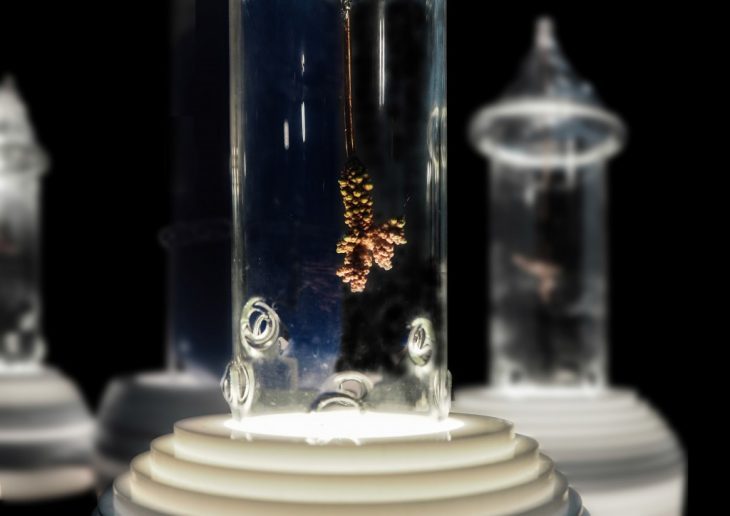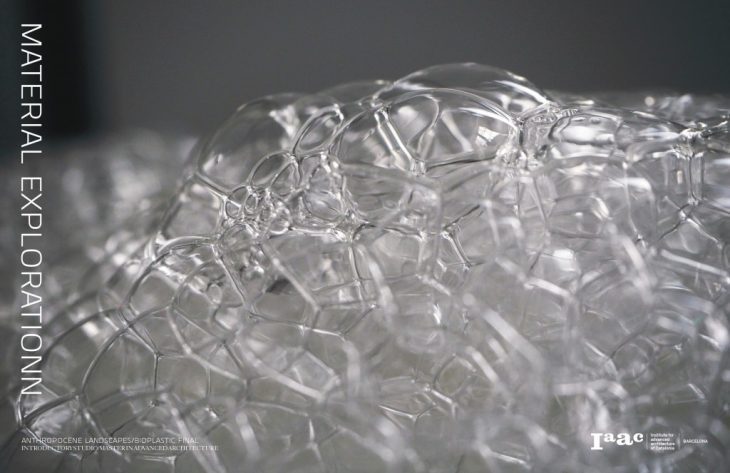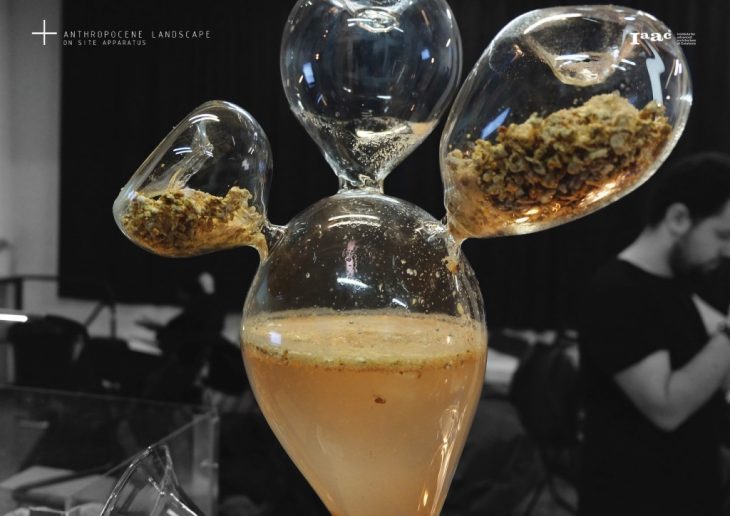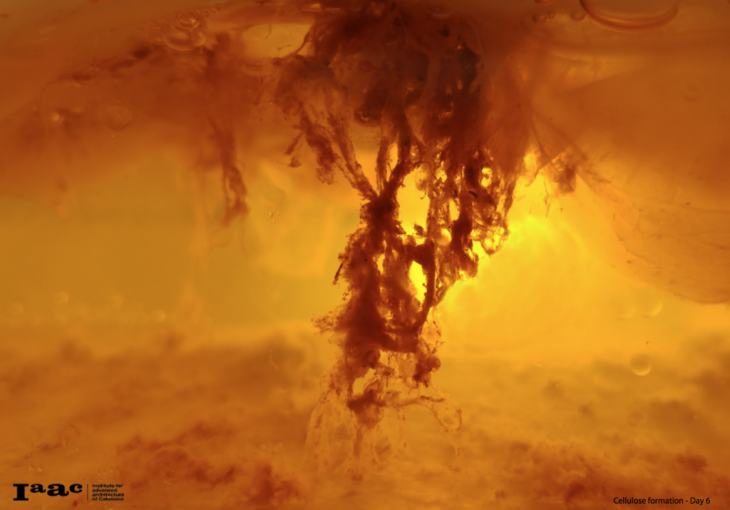Anthropocene Landscapes // Final Presentations
Is there any sharply defined boundary separating the natural from the artificial?
It seems inevitable that the products of human activity are treated as artificial and therefore are irremediably detached from Nature. The studio Anthropocene Landscapes, led by Claudia Pasquero and Carmelo Zappulla assisted by Maria Kupsova, aimed at exploring the relationships between digital and material systems, by bringing to the fore, the new aesthetic dimension of Abstract Materialism.
The Anthropocenic Architecture is a reconnection of the natural world and man made activity. The first mission of the studio has been to investigate the city’s environment from an essentially Non-Anthropocentric point of view. As it seems impossible to draw heat boundaries between nature and artifice, landscape and city.
Five projects have been presented, each of which revolving around possible interactions between the Bio-sphere and the Urban-sphere.
The [L]2STONE project aims to research and optimize a system where the accretion of calcium carbonate is combined with the utilization of industrial waste. The minerals found in natural waters are combined with industrial metal waste to create a dialogue between the environment and the pollutant, through the processing of Bio-rock accretion unto metal waste objects to create a hybrid third.
Strip Myco-Puncture is a system which aims to convert organic waste into compost as a feed for mycelium. Through the inoculation of mycelium spores in various patterns on the beach, the project transforms the geomorphologies of the coastline dynamics creating a synergy between the material system and the detritus of the urban fabric.
COPPER CRYSTALS is a system that work as a cleaner, creating awareness about the pollution level of the area. We invented an apparatus that will clean the air in a specific location chosen. Our final result in this cleaning process will be small pure copper crystals, that will be exposed in a public area/park, for the people to see them to inform people about the air quality that surrounds them and thus create awareness.

BUBBLE UNIVERSES focuses on Bio-plastics obtained by natural ingredients that have biodegradable applications. On the other hand, a vital component of the project is in the production, which call for social participation by using common waste items, such as tea, wine fruits and vegetables. This Bio-plastic production process utilizes organic waste material with qualities of traditional Plastic.

BIO-FABRIC aims at producing microbial cellulose from the organic waste generated in the city. Microbial cellulose is a form of cellulose that is produced by bacteria and characterised by good mechanical strength and high water absorption capacity. After the collection of raw materials, the project propose to grow the material in a public area involving the community in the process of production.

